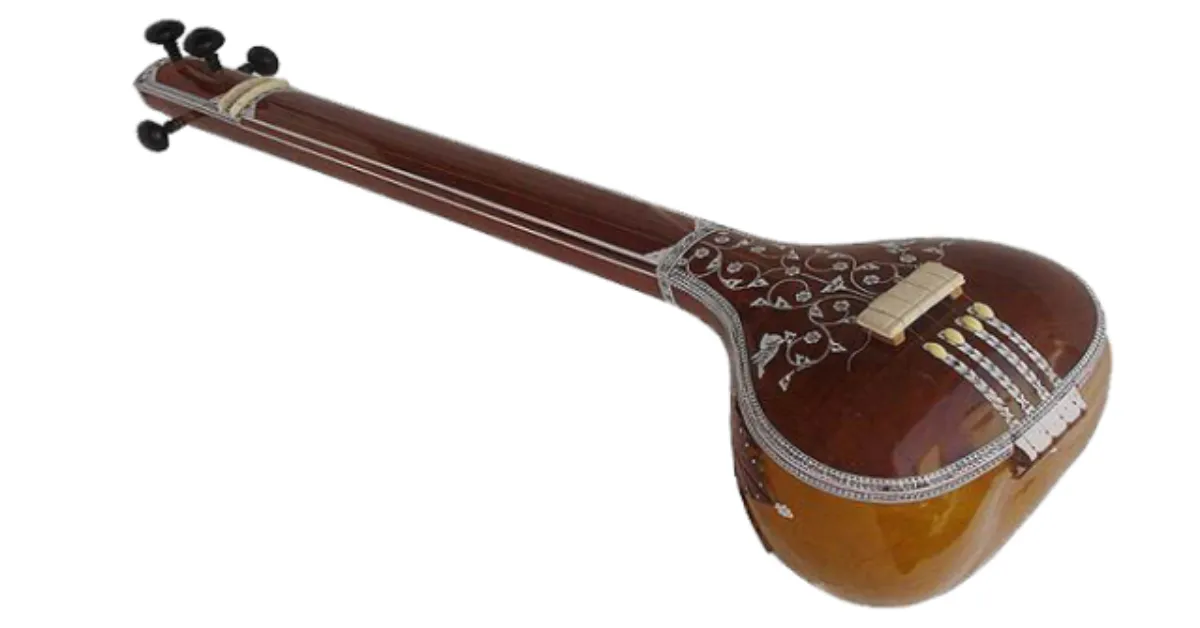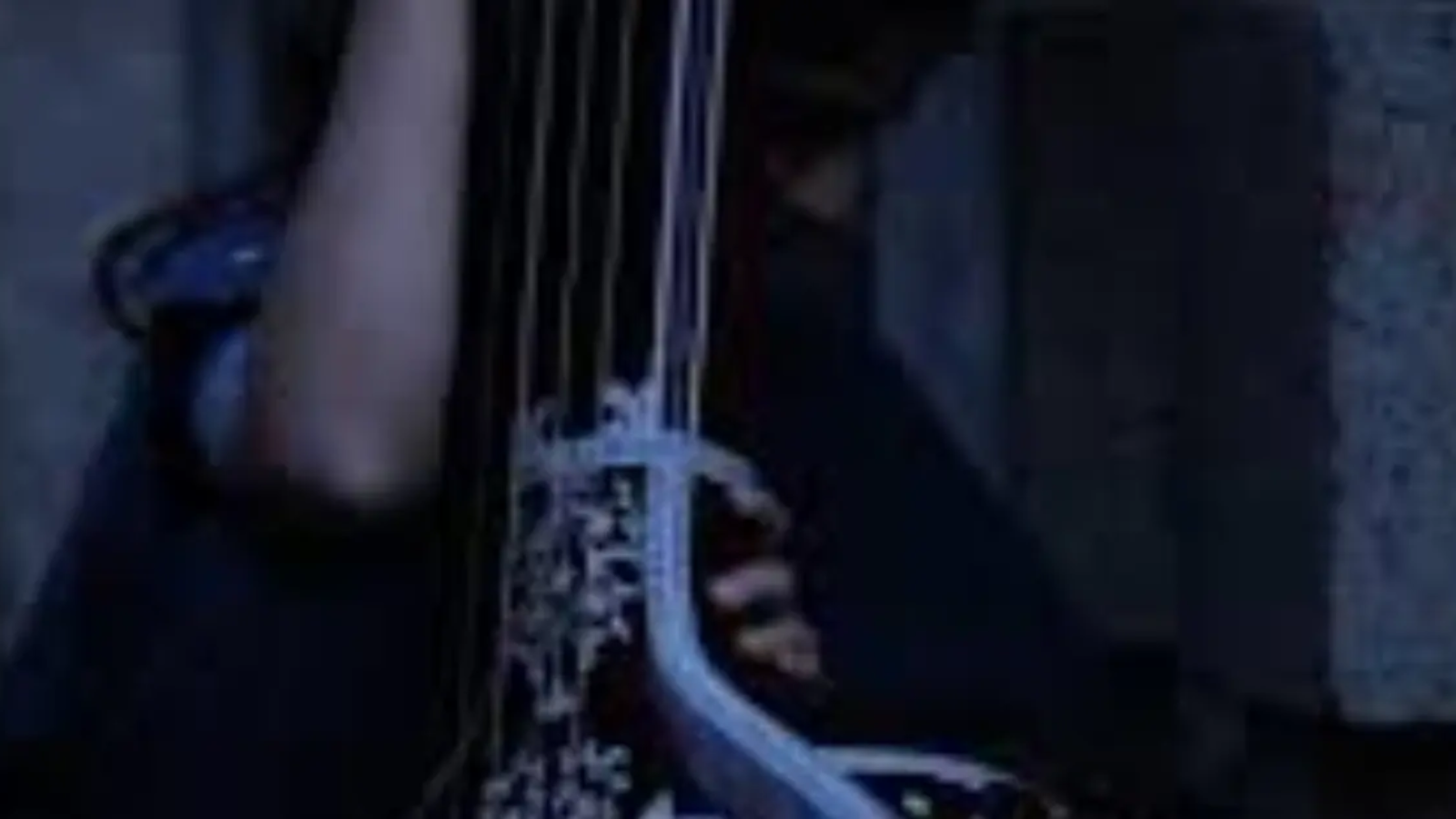How to Play the Tambura: An Introduction to the Instrument for Beginners

In the world of Indian classical music, the tambura holds a revered position as a drone instrument that provides the essential sonic foundation for both vocal and instrumental performances. If you’ve ever been captivated by the constant, calming resonance in a raga performance, chances are that was the sound of the tambura. Whether you’re a student of music or a curious listener, learning how to play the tambura can enrich your understanding and experience of Indian music. This blog offers a complete beginner’s guide to the instrument, including how it works, how to tune it, and the right technique to play it beautifully.
1. What is a Tambura?
- The tambura (also spelled tanpura) is a long-necked string instrument used primarily in Indian classical music.
- It does not play melody but supports the melodic structure with a continuous harmonic drone.
- It usually has four or five strings and is made from wood and a gourd resonator.
- There are different types—male, female, and instrumental tamburas—varying in size and tonal depth.
2. Importance of the Tambura in Indian Music
- The tambura provides a tonal reference for the main artist.
- It creates a tranquil sound environment for improvisation.
- The rich overtones help vocalists and instrumentalists stay in pitch.
- It is considered a sacred instrument, symbolizing purity and spiritual grounding.
3. Anatomy of the Tambura
- Tumba (Resonator): Made from dried gourd or wood, amplifies the sound.
- Neck (Dandi): Long, hollow wooden tube that holds the strings.
- Bridge (Jawari): Made of bone or ivory, adds the buzzing sound.
- Strings: Usually 4–5 metal strings (3 steel and 1 brass or bronze).
- Tuning Pegs: Used to adjust the pitch of each string.
4. How to Tune the Tambura
- A standard four-string tambura is tuned to Pa-Sa-Sa-Sa or Sa-Sa-Pa-Sa.
- Tuning depends on the scale and the vocal range of the performer.
- The strings must be plucked while adjusting the pegs for precision.
- A digital tuner or reference pitch from a harmonium can help beginners.
- Indian tuning apps are also available for easy tuning on mobile phones.
5. Playing Technique: How to Pluck the Tambura
- Sit cross-legged with the tambura placed upright on the floor or your lap.
- Use your right hand (index and middle fingers) to pluck the strings in a cycle.
- Maintain a steady, relaxed plucking rhythm to create a uniform drone.
- Avoid over-plucking or uneven speed—consistency is key.
- Adjust finger angles for the right buzzing tone (jawari).
6. Practice Routine for Beginners
- Start with 10-minute daily plucking exercises.
- Focus on the evenness of sound and hand relaxation.
- Record your sound and compare with reference recordings.
- Practice with a tanpura app when a physical instrument is not available.
- Gradually increase playing time to build finger endurance.
7. Tips to Maintain Your Tambura
- Keep it away from moisture and direct sunlight.
- Clean strings and body with a dry cloth after use.
- Check and tighten tuning pegs regularly.
- Replace strings every 6–12 months depending on usage.
- Store in a padded bag or case for protection.
8. Learning Resources in India
- Online Platforms: YouTube, iTablaPro, and IndianRaga offer video tutorials.
- Teachers: Look for local classical vocal teachers—they usually include tambura basics.
- Books: “The Tanpura: An Indian Drone Instrument” by S. Yadav.
9. Digital Alternatives: Electronic Tambura
- Handy for practice when a traditional tambura isn’t available.
- Offers preset tuning and pitch settings.
- Portable and commonly used in music classes.
- Apps like iTanpura and Raga Sur are helpful for beginners.
- Ideal for solo practice and live performances.
10. Common Mistakes to Avoid
- Inconsistent plucking—leads to jarring drone sound.
- Incorrect tuning—disrupts the tonal base.
- Using broken or rusty strings.
- Holding the instrument in the wrong posture.
- Not practicing daily.
Conclusion
Mastering the tambura may seem simple because of its supportive role, but it’s a deeply nuanced instrument that enhances any Indian classical performance. For beginners, learning how to play the tambura is a great entry point into the world of raga music, tone, and spiritual expression. With consistent practice, proper tuning, and a keen ear, you can create that rich, meditative drone that defines the soul of Indian classical music. Whether you choose a traditional wooden tambura or a modern electronic version, the journey of learning this beautiful instrument is sure to be rewarding.
At NMS Musicals, we offer a comprehensive range of musical instruments, including percussion, string, wind, and keyboard instruments. Our services encompass sales, expert servicing, and the manufacture of leather instruments. Explore our diverse collection and find the perfect instrument to suit your musical needs.
Visit our website to browse our offerings: nmsmusicals.in
For a closer look at our products, check out our shop page: nmsmusicals.in/shop
Stay connected with us through our social media channels:
- Facebook: https://www.facebook.com/nmsmusicalinstruments/
- Instagram: https://www.instagram.com/nmsmusicals/?hl=en
- YouTube: youtube.com/@nmsmusicals
Our shop locations are:
- Puducherry: 149, Perumal Koil Street, Heritage Town, Puducherry, 605001.
Map Link: https://maps.app.goo.gl/ejDwBBFEJmd3szxk7 - Chennai: No: 1, 1st Floor, Kandigai Street, TVS Nagar, Korattur, Chennai – 600076.
Map Link: https://maps.app.goo.gl/7oXmB6X7KQsqeuuw9
For inquiries, contact/Whatsapp us at 9500663895 or email us at laxman.m89@gmail.com.
Discover the world of musical instruments with NMS Musicals today!
For a visual overview of our percussion instruments, watch the following video:


 Cart is empty
Cart is empty 
Leave A Comment
You must be logged in to post a comment